Pandurang Naik
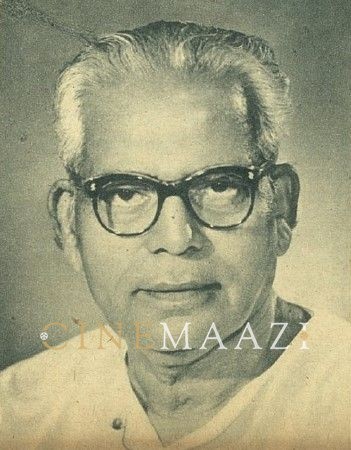
Subscribe to read full article
This section is for paid subscribers only. Our subscription is only $37/- for one full year.
You get unlimited access to all paid section and features on the website with this subscription.
Not ready for a full subscription?
You can access this article for $2 , and have it saved to your account for one year.
- Real Name: Pandurang S Naik
- Born: 13 December 1899 (Goa)
- Died: 1976
- Primary Cinema: Hindi
It is a well-known fact that the vast and buzzing complex that the Indian film industry is today was envisaged and nurtured almost a century ago by Dadasaheb Phalke and a handful of other pioneers. What is little known is the fact that one of these intrepid beginners was the illustrious cinematographer, Pandurang Naik.
Pandurang Naik began learning camera techniques while still in his early teens in the Goan village of Mardod where he was born at the turn of the 20th century, 13 December 1899. His teachers were two still photographers who worked there. They regarded him more as an errand boy than a student but he was happy to do all the chores as long as they allowed him to watch what was happening. Naik’s family was poor, so everyone had to work for a living. At that age, he had dreamed of learning painting and drawing, but his father died in 1913 and both his schooling and his dreams were sacrificed.
In 1916, Pandurang Naik read an advertisement in a local newspaper, asking for workers for a film company which a man called Dadasaheb Phalke had set up in Nasik. Immediately, Pandurang left home and without informing anyone in the family went to Nasik where he presented himself to Dadasaheb. Dadasaheb refused to take him on since he didn’t have any references. The aspiring photographer, disappointed, began to look for other employment; he started working for a zariwalla called Bhaiya who worked for Phalke’s company.
One day Pandurang made some beautiful paper flowers for Bhaiya. Impressed by his work, Bhaiya decided to help in his quest to join Phalke’s company. He recommended Pandurang to Dadasaheb who changed his mind and took him on. Pandurang worked there for 6 months and it was there that he learned cinematography for real. Apart from that, he also learned carpentry, make-up, set decoration and even acting.
A pioneer at heart, Naik realized that at almost every step, innovations and new ideas had to be tried out to get the work done better, faster and more artistically with the meagre technical resources at their disposal. In an era where there were no meters or electrical lighting, where the photographer had to depend entirely on his judgement for composition, framing and light and shade effects. He found himself constantly experimenting and a number of techniques he adopted contributed greatly to the improvement of filmmaking in India in its early stages. Naik’s series of historic associations had already begun with his apprenticeship under Phalke. There was one that had begun even earlier, his friendship with Dinanath Mangeshkar who lived in a village bordering on Mardod.
In 1917, Naik arrived in Bombay and joined Patankar Friends Film Company, then moved on to the Kohinoor Film Company where he worked for nearly five years as an assistant cameraman under V B Joshi, Dattatrey Dabke and Gajananrao Devare. In 1926, he joined Laxmi Studios where he shot his first independent silent film Neera (1926).
In 1929, he joined Chandulal Shah at Jagdish Studios and went with him when he and Goharbai formed their own company, Ranjit Studios. With Chandulal Shah, he made films like Chandramukhi (1929), Pati Patni (1929), Devi Devayani (1931), Vishwamohini (1933), Miss 1933 (1933) and Sati Savitri (1932). His last film with him was Gunsundari (1934).
Naik learned new techniques by watching Hollywood films. One day, Chandulal Shah went to see the original version of Dr. Jekyll and Mr. Hyde starring Frederic March. Impressed with the film and in particular with a shot showing a swing moving to and fro, almost coming on to the audience with a three-dimensional effect, Shah asked Naik to imitate that shot in the film Chandramukhi. After long efforts, Naik finally hit on an ingenious idea. He attached a plank to the swing, fixed his camera on it supported by ropes hanging from the ceiling. The result was that when the swing moved, the camera moved with it and Naik got the desired effect. Later people asked him if he had used a crane to get that shot.
In 1933, he left Ranjit Studios and joined Imperial Studios where he shot Indira M A (1934), starring Sulochana. Naik considered this one of his best pictures and said that in those days, it compared favourably with Hollywood movies in technical excellence.
Electrical lighting was already introduced before Naik joined Imperial, but the confusion prevailed as to its utility. The technicians there used to mix sunlight and electrical lighting with the result that the pictures looked hazy and even produced a rainbow effect. The first thing Naik did was to have the glass roofs tarred so that daylight did not filter through. That improved matters. He also introduced side lighting, top lighting and light-and-shade photography.
In 1933, Naik, together with director Nandlal Jaswantlal and recordist Jamnadas Subhedar went on a study tour of Europe. On his return, he joined Master Vinayak and Baburao Pendharkar to form the Huns Pictures Company in Kolhapur. There, they produced about ten films all of which were photographed by Naik. Several films were successful among which were Brahmachari (1938), Brandichi Batli (1939), Dharmaveer (1937), and Chhaya (1937). Due to their lack of business acumen, the company did not prosper and dissolved. Naik then drifted from the Navyug Film Company to New Huns Pictures and finally landed at Prabhat Film Company. Here he photographed two memorable films, Ramshastri (1944) and Lakha Rani (1945).
During the next few years, he made films for Baburao Pai at the Famous Studio, for Vishram Bedekar, for the film actor Gope, for K Amarnath and finally worked with Devendra Goel for whom he made Chirag Kahan Roshni Kahan (1959) and Pyar Ka Sagar (1961). He also photographed Phani Majumdar’s Aarti (1962) and D D Kashyap’s Aaram (1951) and Do Sitare (1951). Apart from these he also shot films like Jwala (1938), Ardhangi (1940), Lapandav (1940), Bhakta Damaji (1942), Pahila Palna (1942), Pagdi and Amrit (1941) which drew high praise from Debaki Bose. Naik also shot one of the earliest Malayalam films, Marthanda Varna in 1931.
Throughout his long career, realism had been the keynote of Naik’s photography. Like some other veteran cinematographers, Naik unconsciously gathered around him a school of photography and became an inspiration for cameramen like Surendra Pai, Saju Naik, Anant Kadam, Jamshed Irani, and V Babasaheb.
Naik stopped operating camera shortly after an accident while shooting Chirag Kahan Roshni Kahan when he hurt his finger and had to ask his assistants Shridhar Naik and Ratnakar Lad to do the operating. A visionary artist, who work progressed Indian cinema by leaps and bounds, Pandurang Naik passed away in 1976.




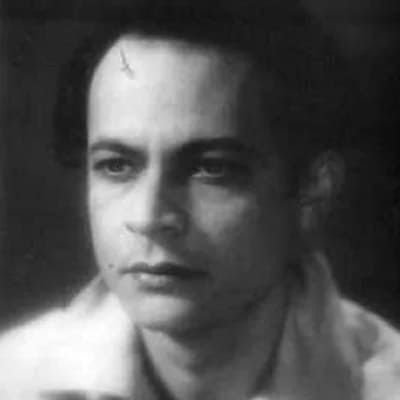
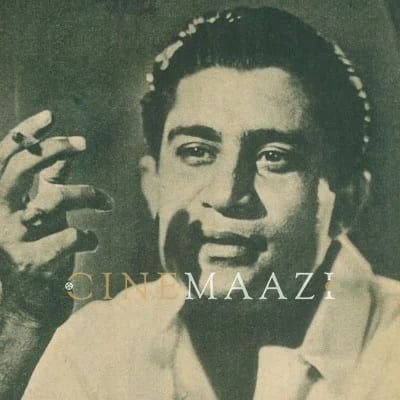
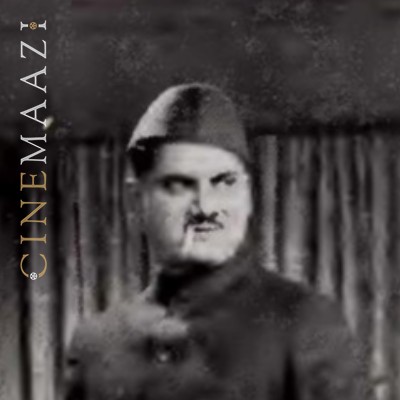
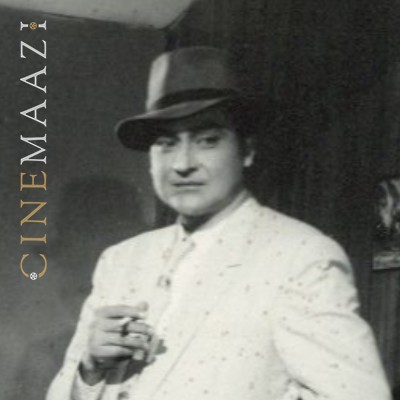
.jpg)



